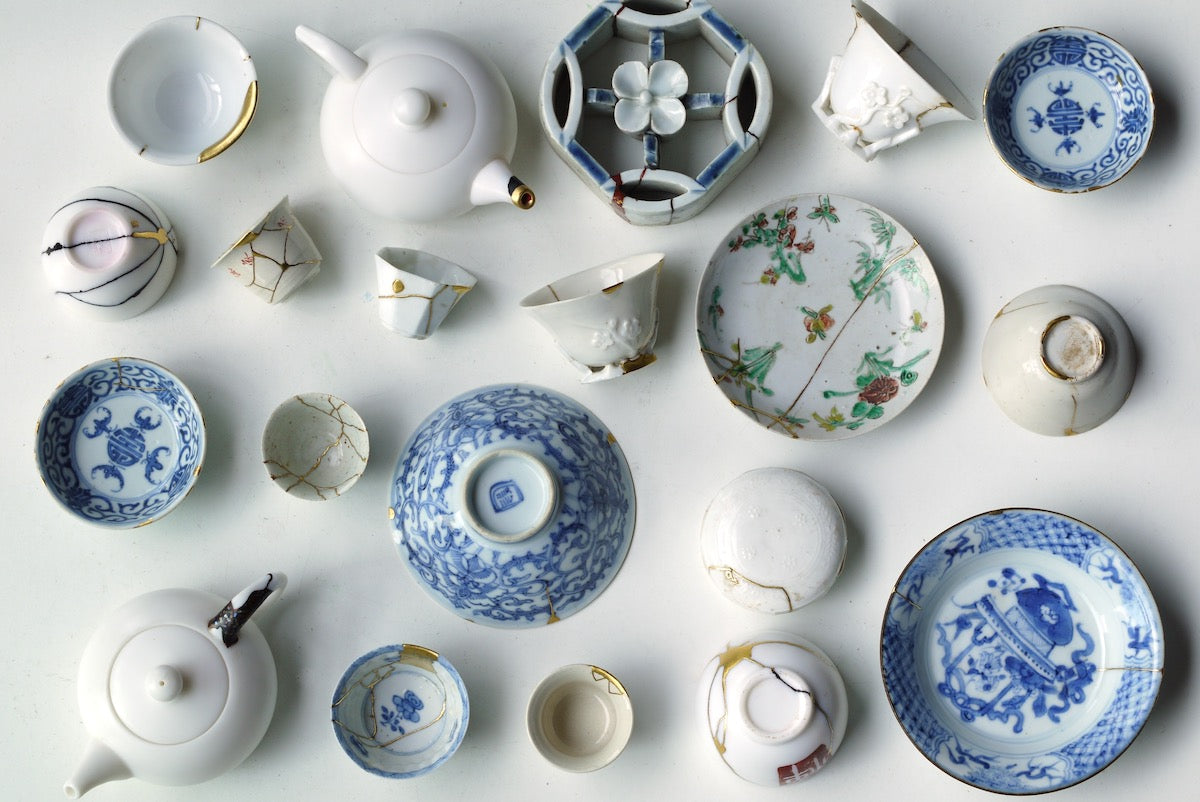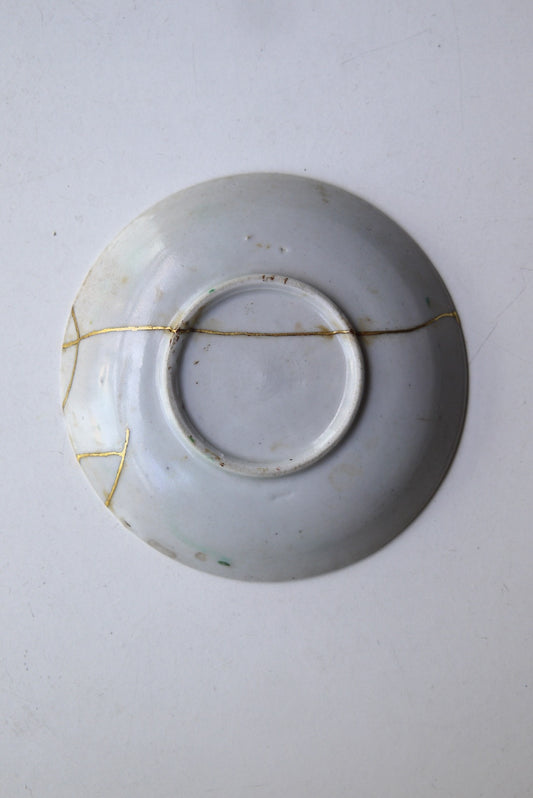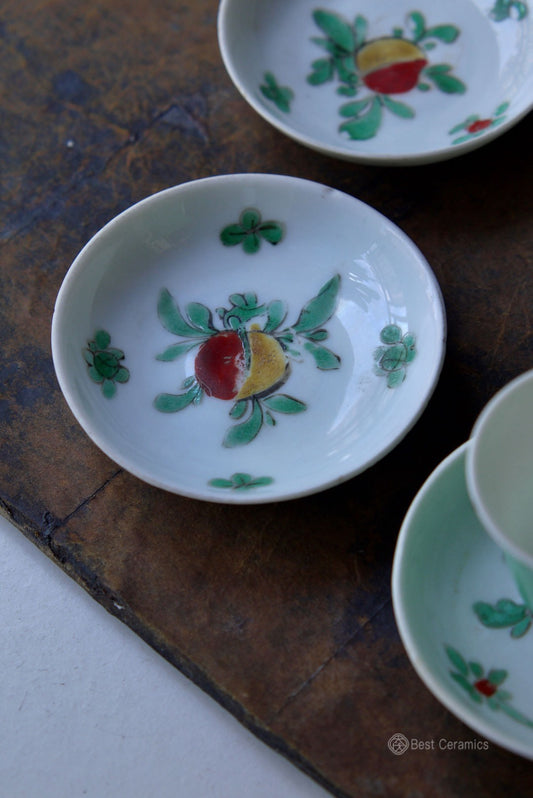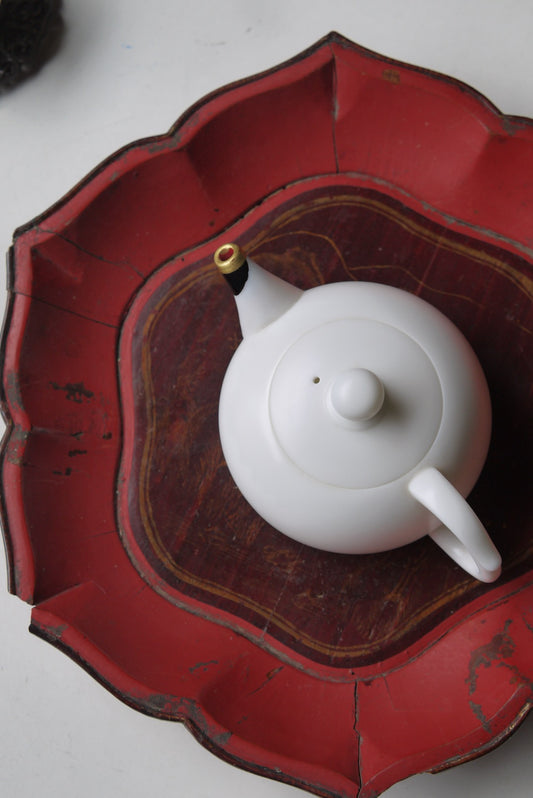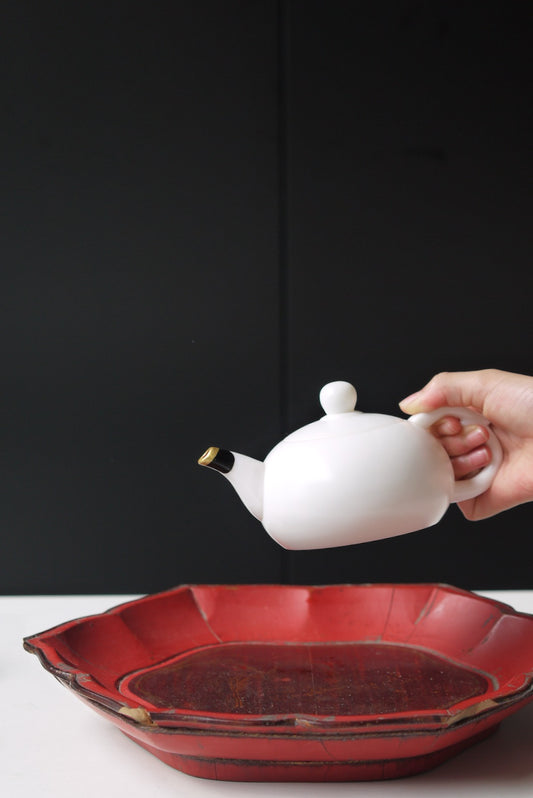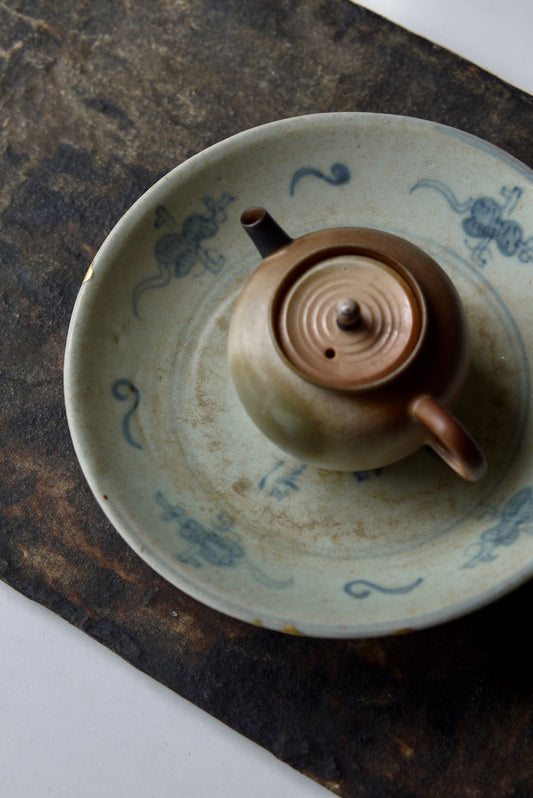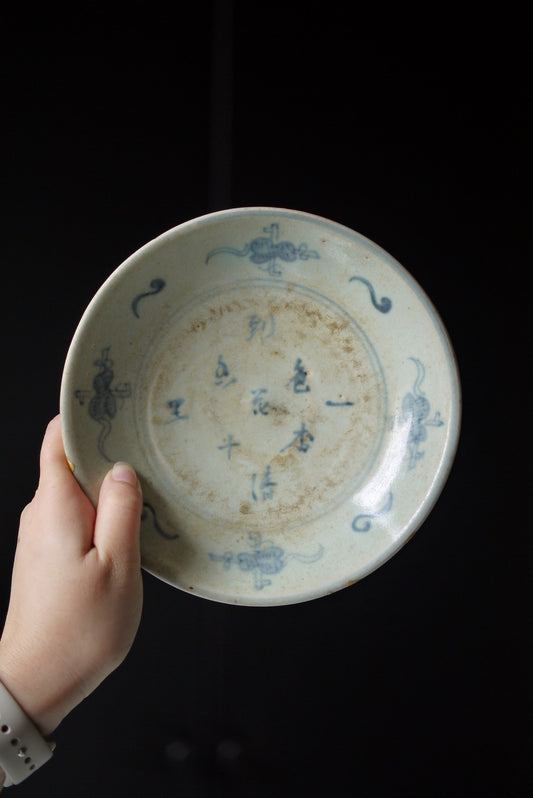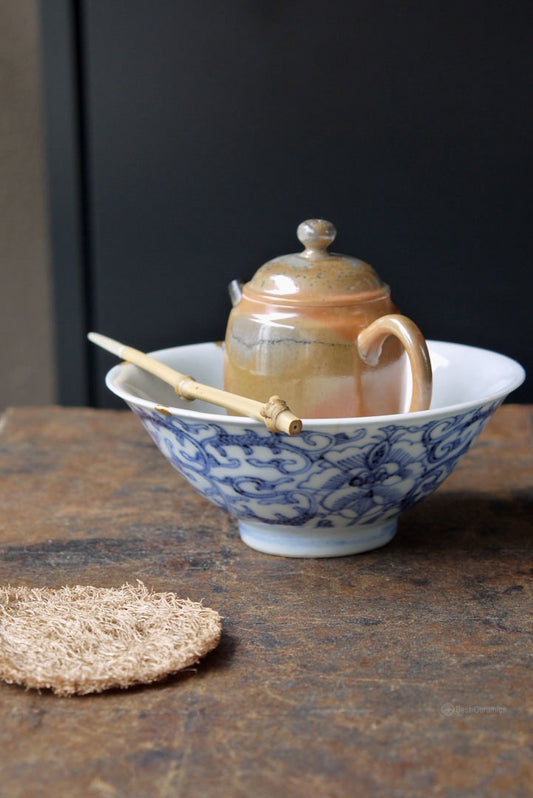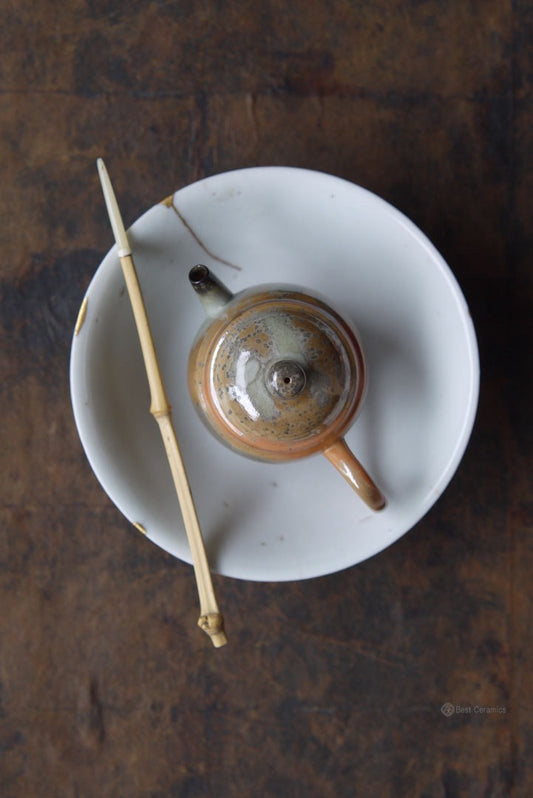
Chinese Lacquer - Enduring Craft & Modern Value
YuanKevinShare
Chinese lacquer, known as “Da Qi,” is a natural resin extracted from the lacquer tree (Toxicodendron vernicifluum) and processed into a highly durable, glossy surface when applied to wood, bamboo, cloth, bone, or pottery. It has been called the “king of coatings” for its exceptional properties.
The tradition of lacquer art in China dates back to the Neolithic period, growing significantly in the Warring States and Han eras. Lacquerware became prized for ritual vessels and furniture among aristocrats and the imperial court.
Techniques include carved lacquer (diāoqī 雕漆), piled‐lacquer (tuījī 堆漆), mother‐of‐pearl inlay (luódiàn 螺钿), gold dust (sājīn 洒金), and more.
The manufacturing process is labor‐intensive: lacquer tapping, filtering and blending, multiple layers of application, sanding, carving, inlaying, polishing—all demanding time and precision.
For your brand context, using Da Qi materials conveys not only aesthetic beauty but cultural depth, craftsmanship, and exclusivity. Keywords such as “traditional handmade,” “natural lacquer,” “millennia‐old craft,” and “premium material” will resonate with discerning users.
When you integrate Da Qi into your tea ware or lacquer artwork series, you are offering more than a product—you are offering heritage, technique, and story.
Consider explaining in product descriptions or blog posts: the source of lacquer resin, the seasonality of tapping, the unique qualities (breathability, corrosion & water resistance), and how it complements modern tea practice.
This approach elevates user understanding and appreciation of the material, strengthening perceived value and justifying premium positioning.

